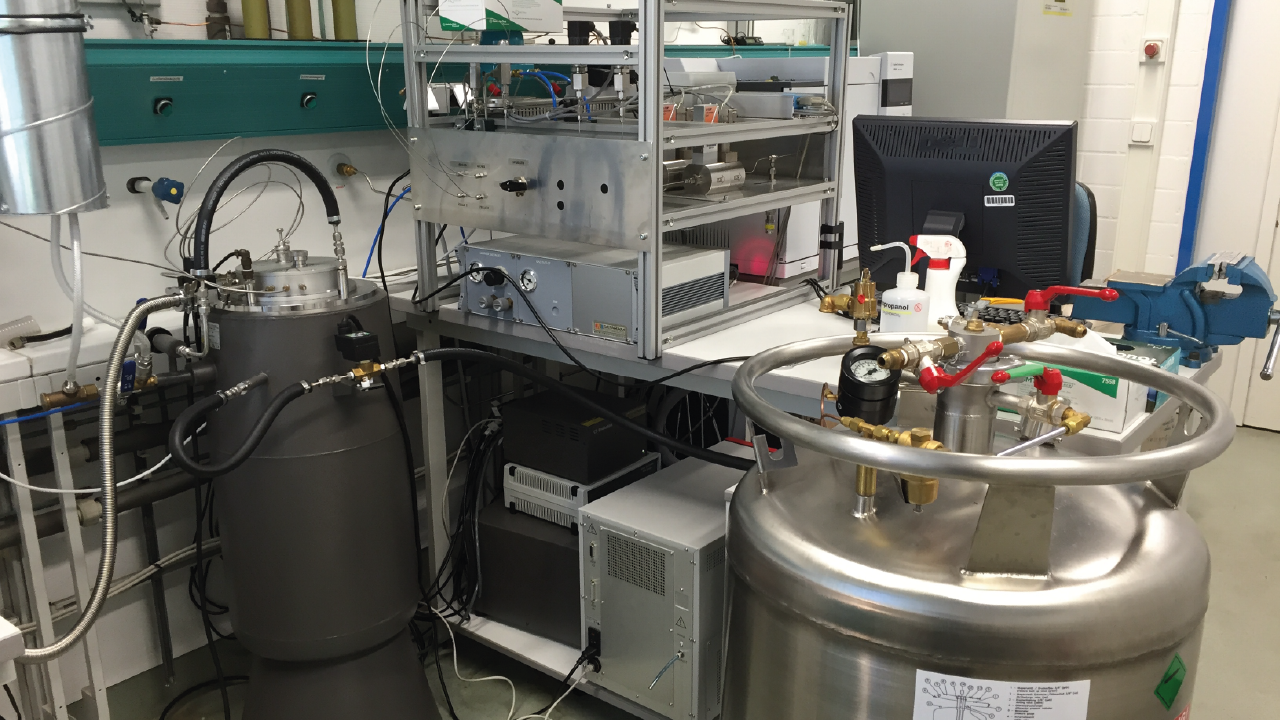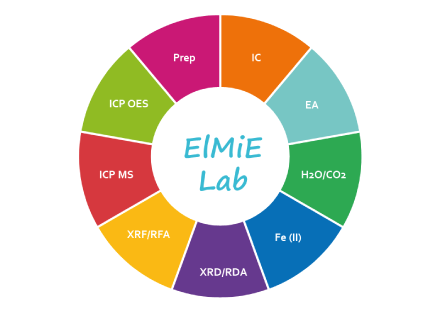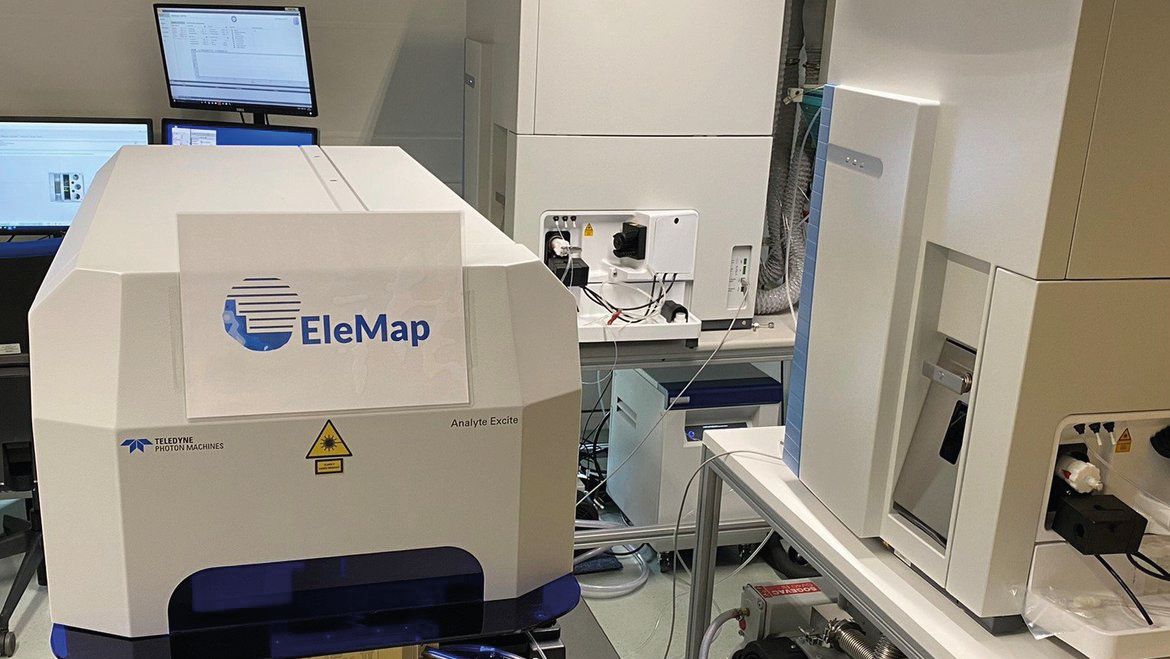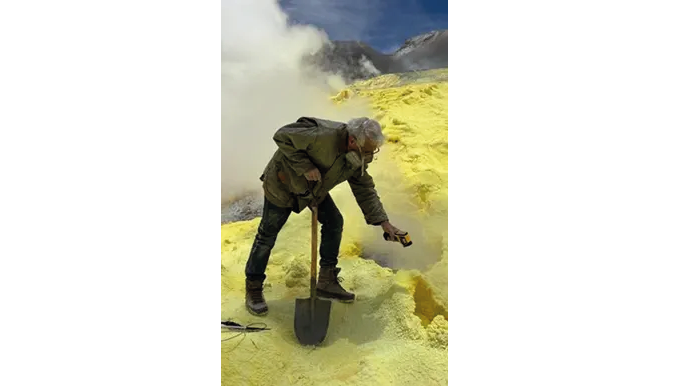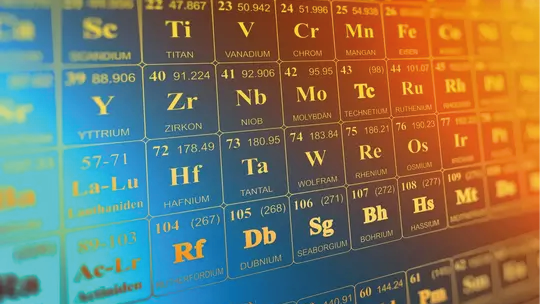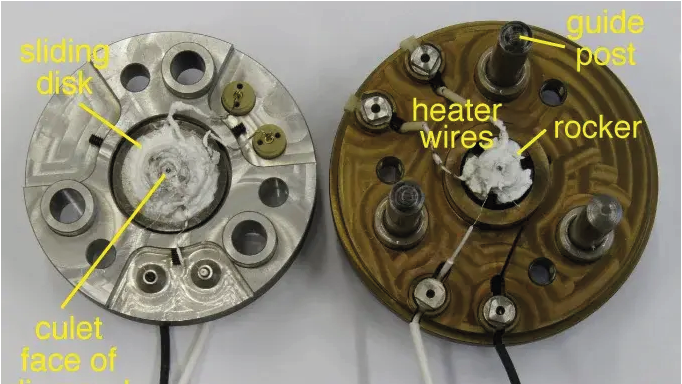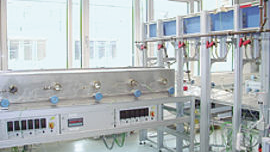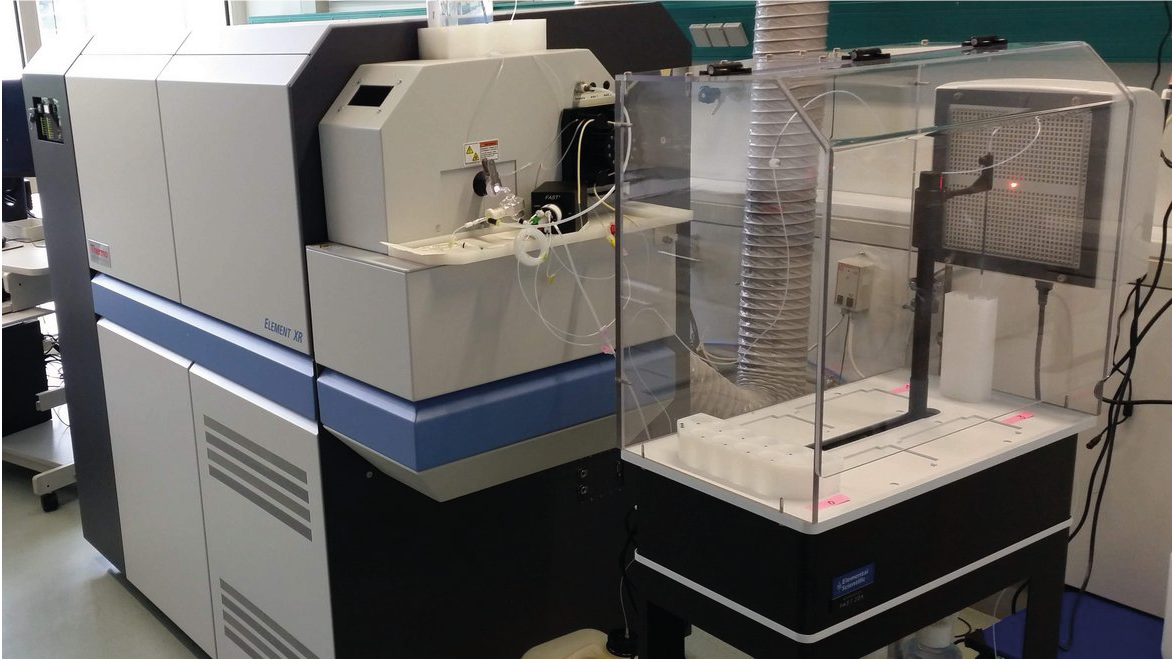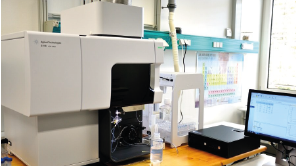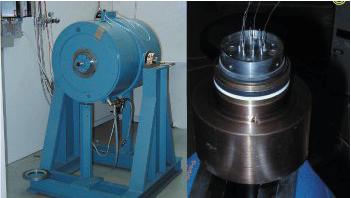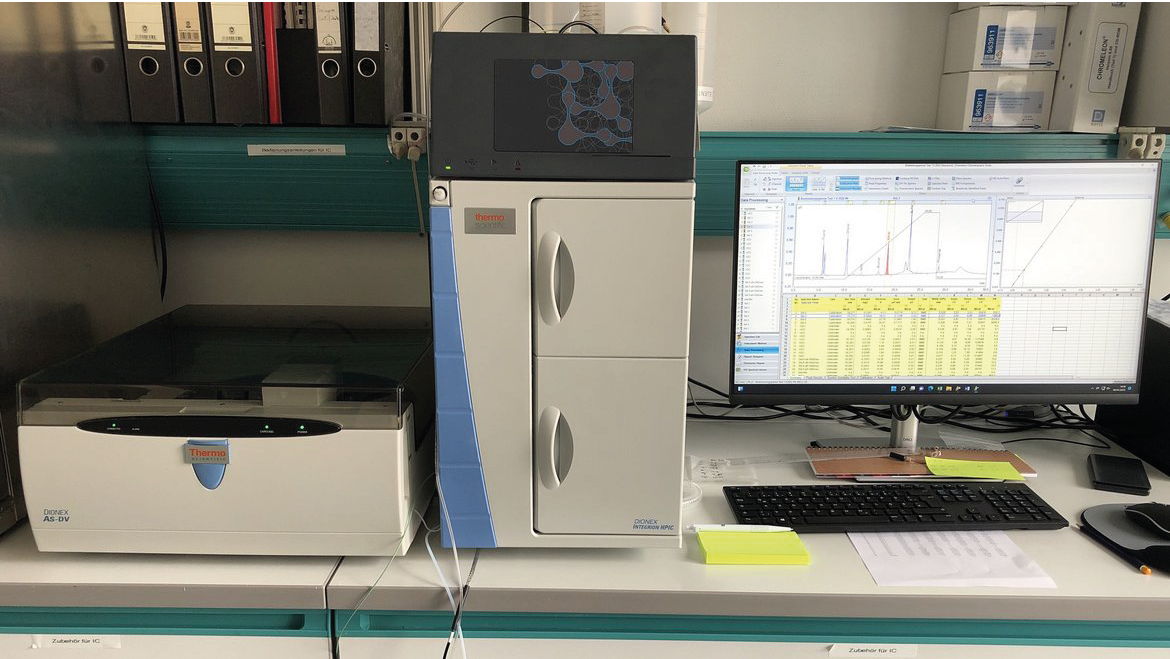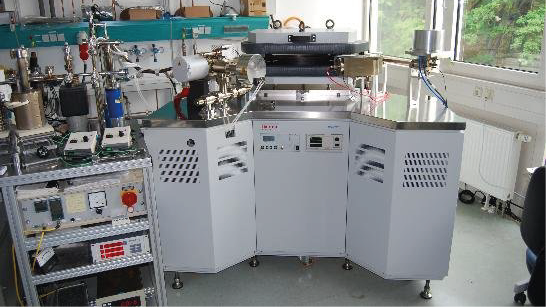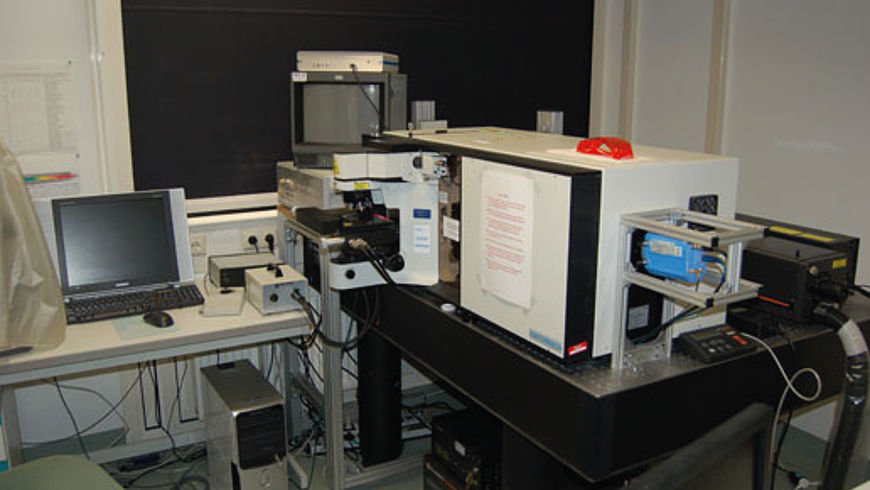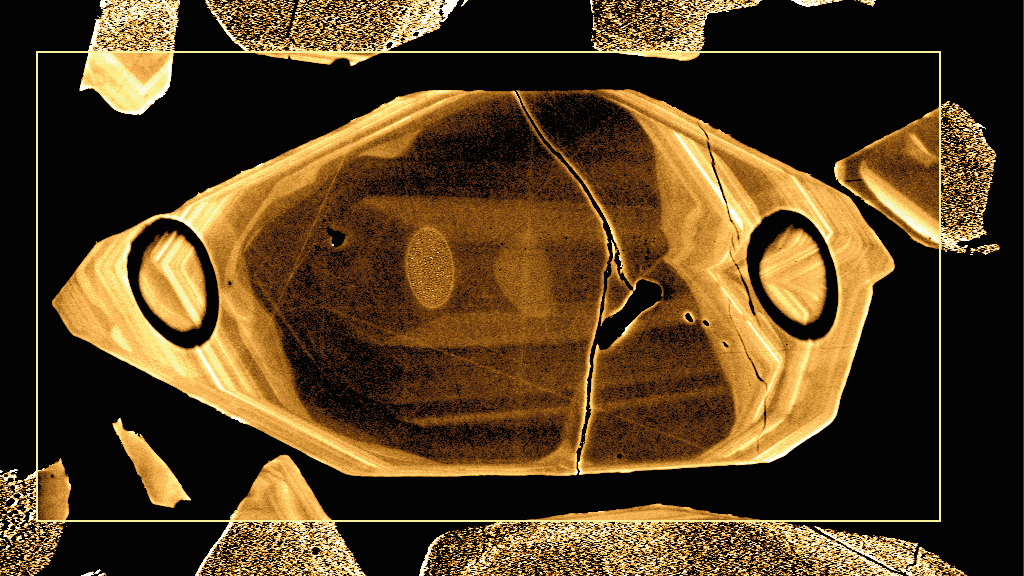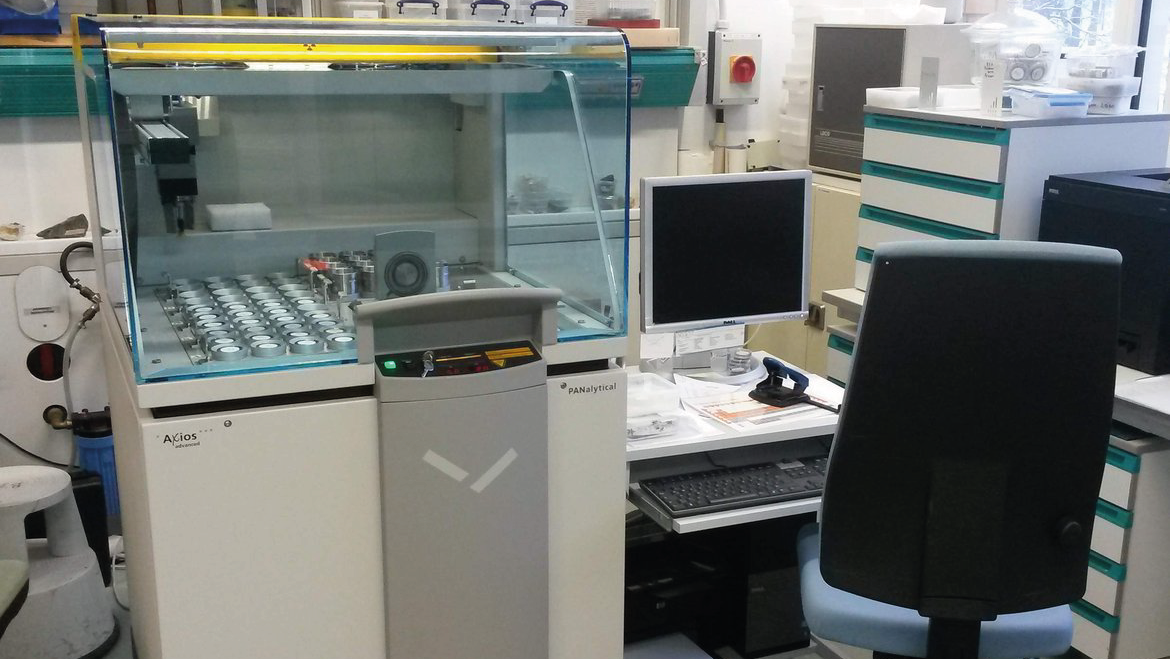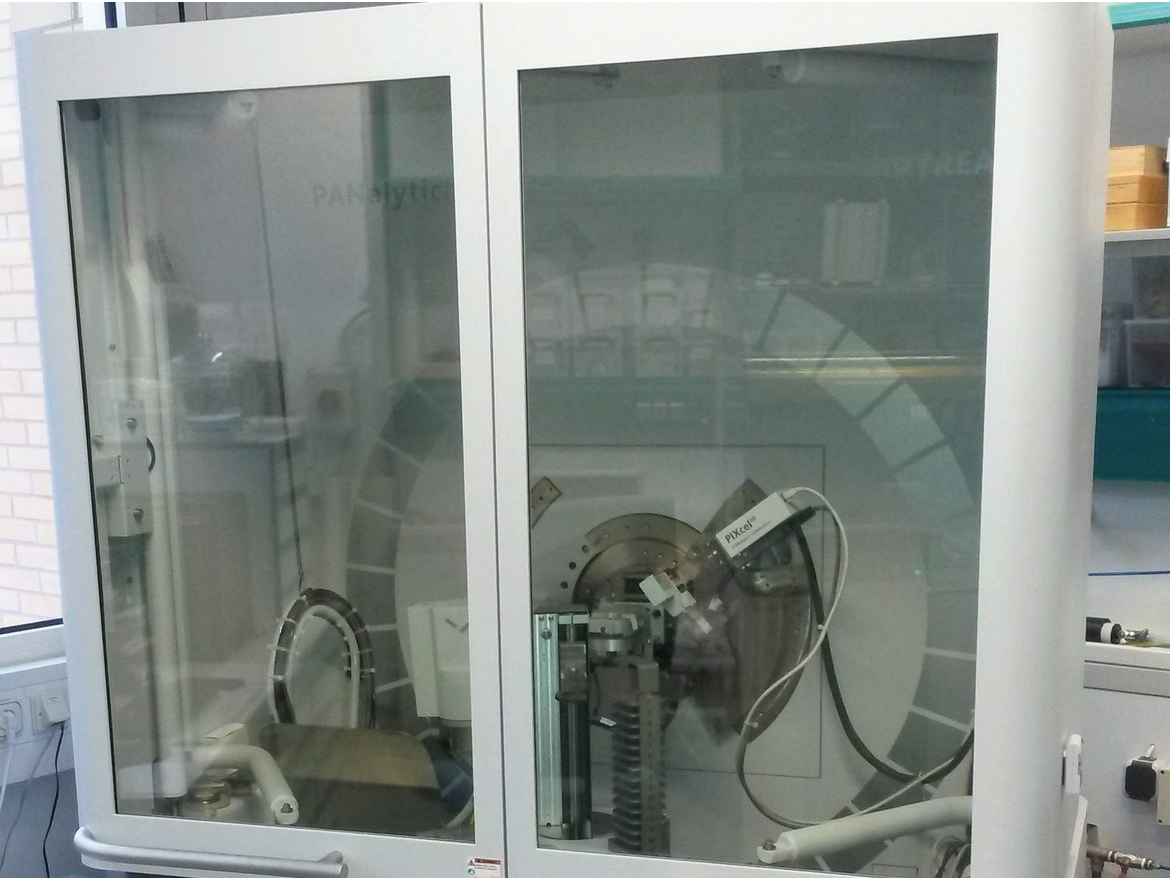Search filter
Clear filters
-
- Geochemistry
- Geochronology
- Mineral Physics
- Mineralogy
- Petrology
- Volcanology
- Laboratory Keywords
- Analytical Methods
- Secondary Ion Mass Spectrometry
- In Situ/Laboratory Instruments
- Chemical Meters/Analyzers
- Carbon Analysis
- Elemental Analysis
- Gas Chromatography
- Gas Chromatography Flame Ionization Detection
- Ion Chromatography
- Community-related Keywords
- Trace Element Analyses
- BSE and SE Imaging
- Depth Profiling
- Element Distribution Maps
- Geo.X Joint Lab
- High Resolution Sector Field Inductively Coupled Plasma Mass Spectrometer
- Imaging
- Isotopic Analysis
- Mineral Characterization
- Noble Gas Analysis
- Particle Search
- ³He and ²¹Ne Exposure Dating
- Probes
- Electron Microprobe Analysis
- Reactors
- Mineral Synthesis
- Sample Preparation
- Crushing
- Filtration
- Fusion
- Grinding
- Milling
- Mineral Separation
- Preparation of Thin and Polished Sections
- Sieving
- Spectrometers/Radiometers
- Inductively Coupled Plasma Atomic Emission Spectroscopy
- Inductively Coupled Plasma Mass Spectrometry
- Laser Ablation Inductively Coupled Plasma Mass Spectrometry
- Mass Spectrometry
- Multicollector Inductively Coupled Plasma Mass Spectrometry
- Raman Spectroscopy
- Thermal Ionization Mass Spectrometry
- X-Ray Fluorescence Spectroscopy
- Thermoanalytical Methods
- Differential Scanning Calorimetry
- X-Ray/Gamma Ray Detectors
- Energy Dispersive Analysis of X-Ray
- Wavelength Dispersive X-Ray Spectroscopy
- X-Ray Powder Diffraction
Section 3.1 Inorganic and Isotope Geochemistry
ElMiE-Lab - Elements and Minerals of the Earth Laboratory
The ElMiE Lab is a research-oriented facility and part of the Helmholtz center in Potsdam. The ElMiE - Lab offers the sample preparation and analyses of geological or environmental inorganic samples for element concentrations and mineralogy of inorg…
